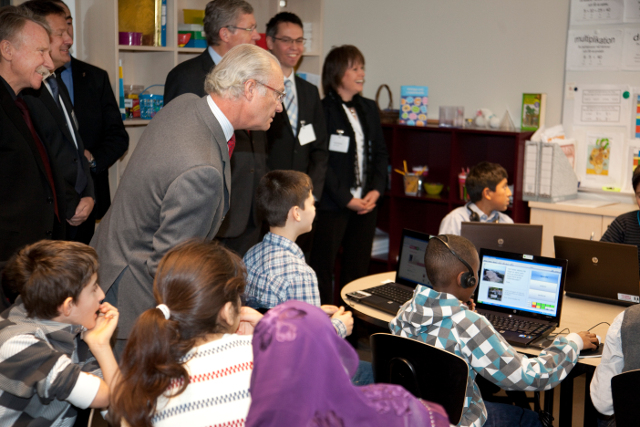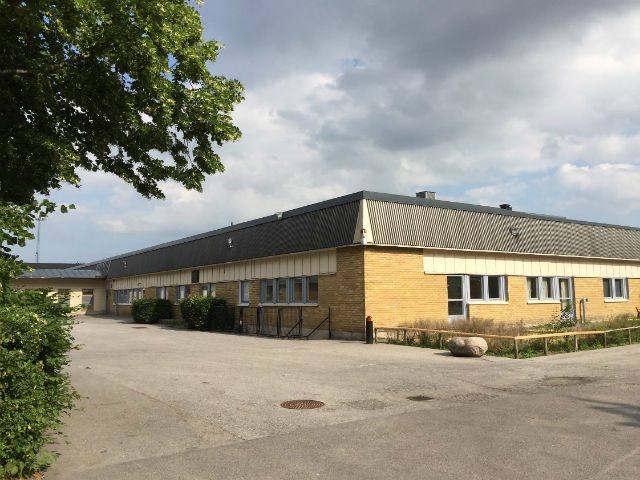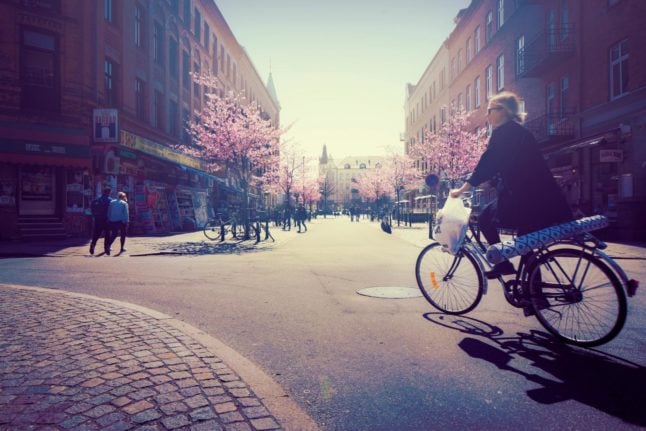
Sweden's King Carl XVI Gustaf visiting Sofielundsskolan in 2011. Photo: Stig-Åke Jönsson/TT

Malmö's Örtagårdsskolan. Photo: Malmö City Council
Malmquist said that Malmö's continuing appeal as a place to live for immigrants newly arrived in Sweden meant that the city's schools could never compete with the country's top municipalities in terms of improving its results in the league tables.
“We know that we will continue climbing, but as long as we have these huge amounts of immigrants coming to Malmö, we will not be able to be top 50.”
Rosengård is particularly affected by a high turnover of new arrivals and their children – many of them with no prior knowledge of Swedish – with many moving elsewhere once they are established in Sweden, speak the language, have become used to the school system and have a chance at improving their test scores.
As The Local reported earlier this year, a 2017 report showed that the performance gap between foreign-born students and native students had increased significantly in Sweden – but almost the entire gap disappeared when socioeconomic background and neighbourhood were taken into consideration.
This year, Malmquist pointed out, Malmö's elementary schools took in more recently arrived immigrant pupils than it had done even during the peak of the refugee wave of 2015 and 2016, as the children of families who had been placed in other parts of Sweden moved to the city.
“In Rosengård, they study and get work, and then they move to other parts of the city. And what then happens? You get new immigrants,” he said.
This means that the cycle of segregation continues, unless some families are willing to take the first step.



 Please whitelist us to continue reading.
Please whitelist us to continue reading.
Member comments